A parent’s instinct is to protect and safeguard their children. They take many measures and precautions for protecting children and ensure no harm comes to them. However, as a parent, you can’t help but worry about dangers lurking around each corner. And that apprehension is justified, seeing as even the seemingly protected & familiar home isn’t entirely safe without child proofing. These hazards are quite common and easy to overlook for first time parents. They are often unsure about child safety at home.
Which is why we have created this detailed guide, identifying the perilous aspects in every room of the house. Whether you live in a luxurious flat in Banani or Bashundhara, first time parents can use this article as a checklist for protecting children from harm and to ensure a safe home environment.
Bedroom
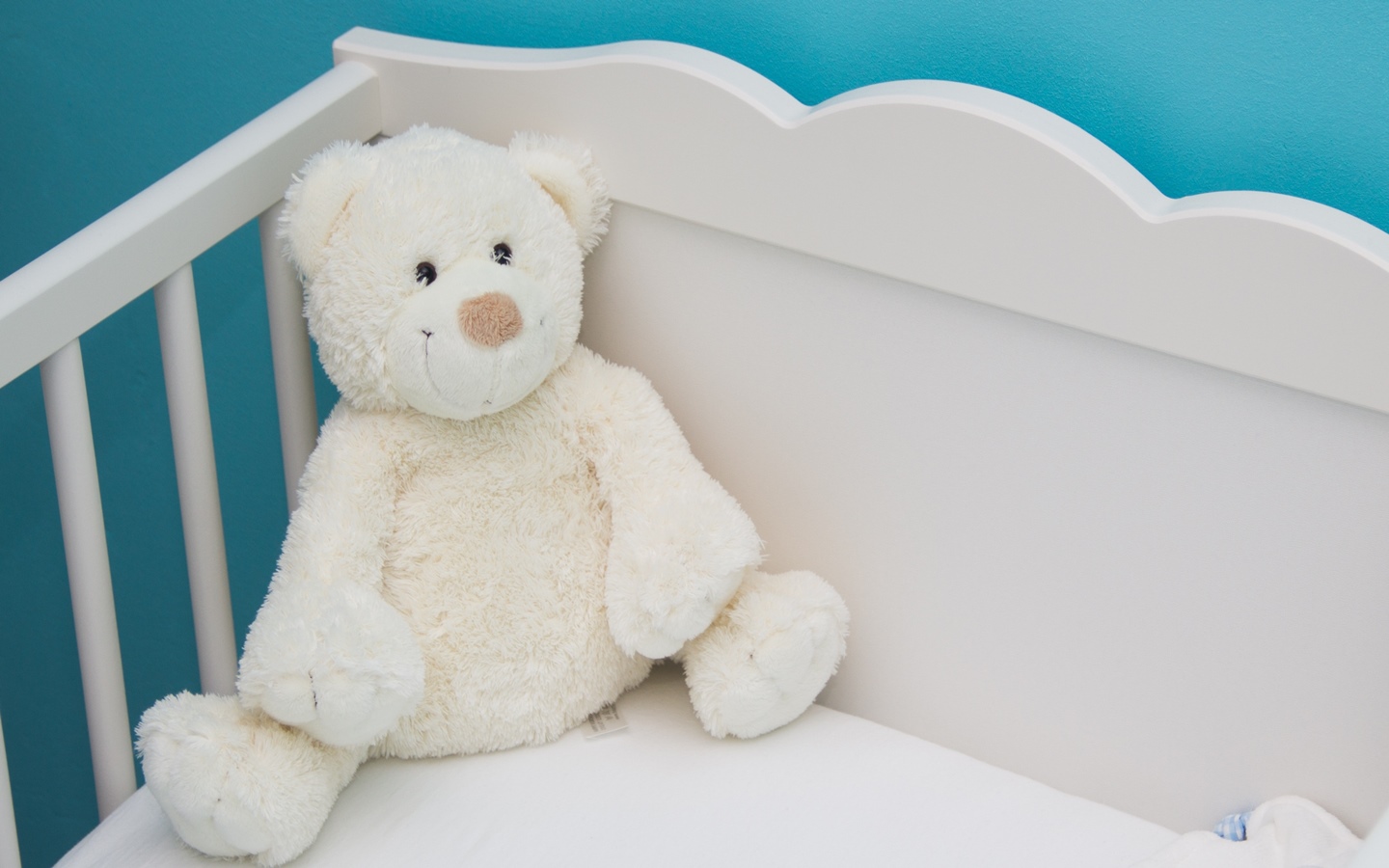
When people think about bedrooms, they feel a sense of comfort and safety. And why not? It is the place where they relax and recover themselves to face the next day. Therefore, you don’t think about accidents occurring in the bedroom. However, several aspects in the bedroom can threaten the well-being of a child and create barriers to child safety at home.
Choking Hazards: Coins, pins, jewellery and toys are just some of the few things in the bedroom that are choking hazards to a child. Toddlers are notorious for grabbing anything within reach and putting them in their mouth. First time parents need to keep such items out of reach of the children. Small items should be kept in boxes, so children don’t spot them easily. It is an essential measure for child safety at home.
Jumping on Bed: Children love to jump around and constantly be on the move. Usually, it is the bed that becomes the source of such activity. Jumping on the bed itself is harmless, but accidents do occur. Clutter on the bed or unsupervised activity are the most common reasons for children falling off the bed or hitting their head on the wall. Children can incur severe damage from these types of accidents. There is no better alternative than parent supervision when children play on the bed.
Table Fans: Even though first time parents might not pay any mind to it, experienced parents know the danger table fans pose. Many people use table fans on hot summer days to cool off. Children are easily fascinated by the rotating blades and try to grab them. Their small hand can sometimes slip in between the protective guard and get severely injured. It is every parent’s nightmare. Keeping these fans far away from children’s reach is the best measure you can take for protecting children.
Bathroom
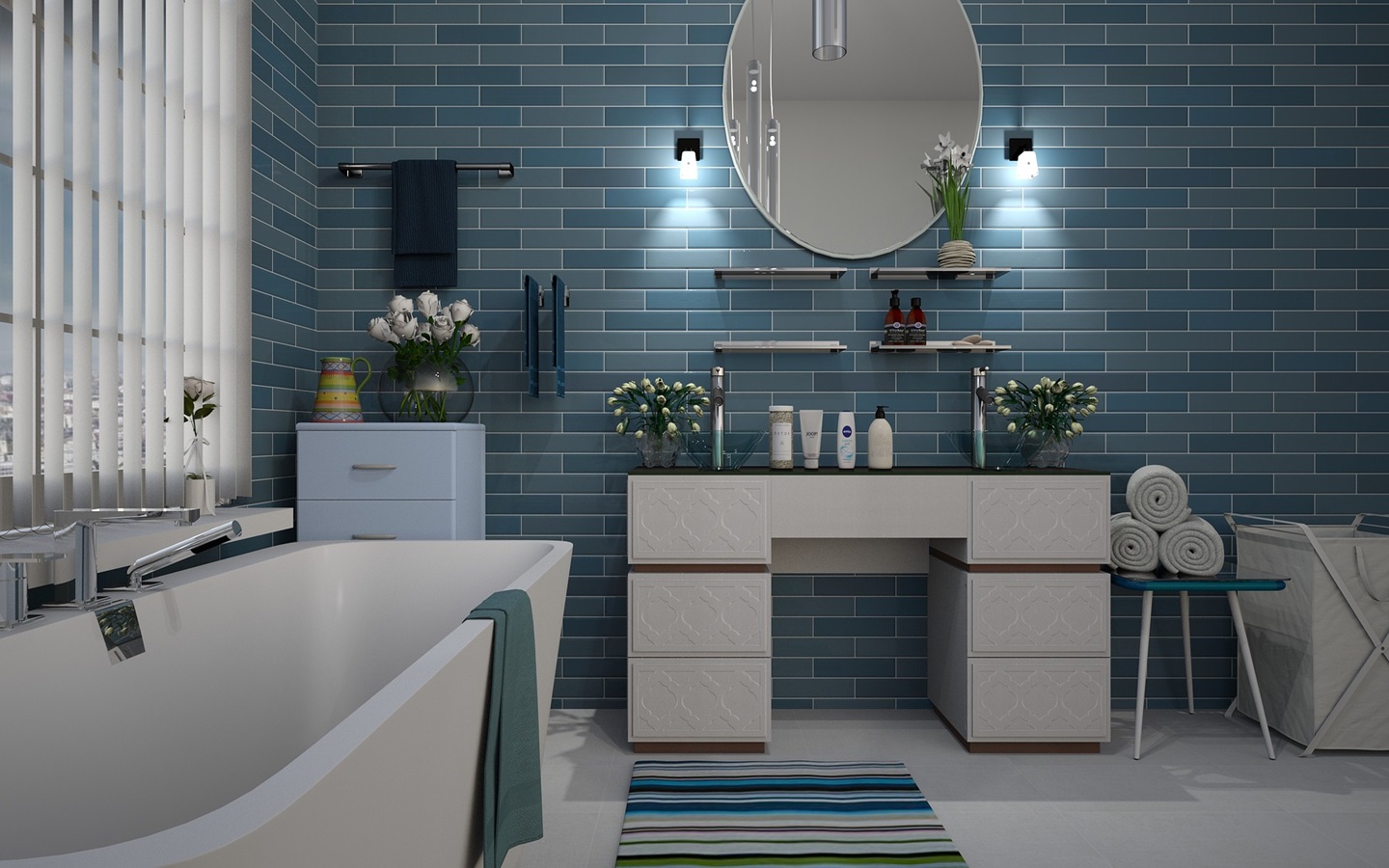
As children grow up, they are gradually afforded more and more unsupervised access to the bathroom. It is a natural part of growing up. But during the initial period, parents need to really think about child proofing and remove potential risks to decrease the probability of accidents. There are just a few things that first time parents need to check for protecting children.
Slippery Tiles: Wet floors are a common cause for people falling over, and bathrooms are no exception. There’s a good chance that right now the floor of your bathroom isn’t dry. Having wet floors in a bathroom isn’t unexpected, and certainly not a cause for alarm unless shampoo and detergent are the cause. Slippery bathroom floors are a challenge for adults, let alone children. It’s easy to miss leftover shampoo or liquid soap, so make sure to clean up any after use. Neglecting to do so will endanger child safety at home.
Toiletries: A bathroom is filled with items that can be poisonous to children if ingested. Toiletries such as detergent, aftershave, liquid soap, shampoo, all of which can cause severe harm to a child. Children see their parents regularly use these products and become curious themselves. So given the opportunity, they might accidentally consume them and get sick. If possible, keep them in the medicine cabinet of your bathroom or on a high shelf. It would be best to remove the cleaning products from the bathroom altogether for protecting children.
Living Room
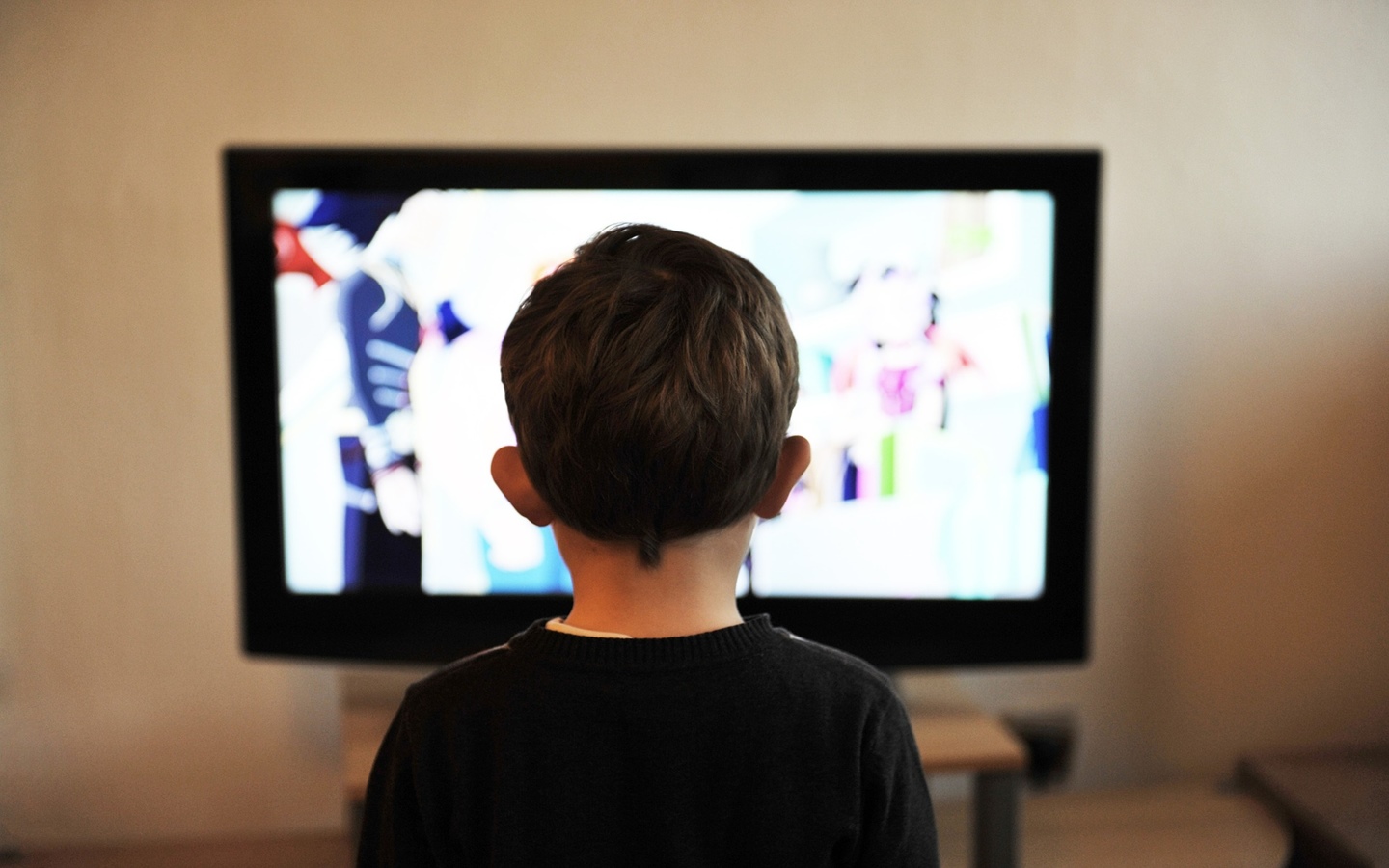
Both experienced and first time parents know that the living room is where most children have unfortunate accidents. From small to big, a lot of things can be hazardous to a child. As a parent, you try your best to minimise these risk factors through proper child proofing measures.
Un-mounted TV: Modern TV’s are very light, weighing around just 6 to 7 kilograms. Less weight means they are easy to carry. But on the other hand, un-mounted TV’s can be knocked over without much effort, even by a child. A quick tug can topple a TV from its stand. If worst comes to worst, it might fall on top of the child and injure them. Securing the TV on the wall is the best course of action. Find a perfect wall in the room and mount them away from children’s reach.
Candles: Many people today use candles in their living room to decorate the house. They really are excellent home décor items. The downside of lit candles is they are essentially open flames; a child can easily burn themselves. Lighting these candles for longer than necessary and/or placing them within a child’s reach can be disastrous.
Exposed Sockets: Even though electrical sockets aren’t exclusive to the living room that is where you’ll mostly find them out in the open; exposed. In other rooms, these power outlets are usually behind furniture and out of children’s reach. Furniture placement in living room usually leaves more access to these sockets. Children can easily stick a finger or metal objects in the open holes of a socket and get electrocuted. Try to strategically place furniture to hide these electrical outlets from children’s eyes. Furthermore, use scotch tape to cover the holes in the socket near the floor to ensure maximum safety and for protecting children.
Kitchen
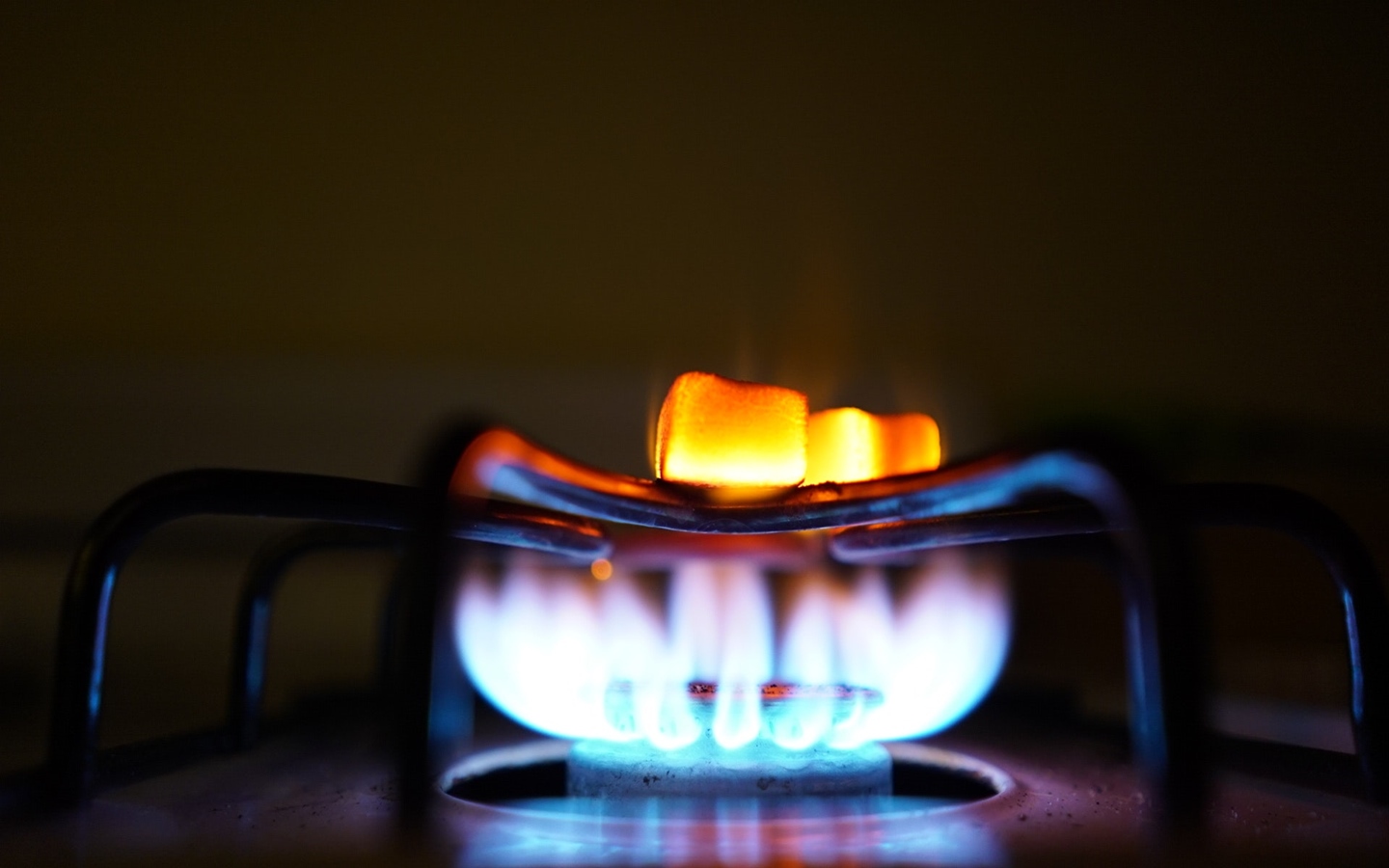
There’s a lot you can do with kitchen space, but it is also a hotspot for danger. That is why parents pay more attention to keep their children away from it. However, you need to minimise the risks of an accident on the off chance that your child slips past you and into the kitchen.
Burn Risks: Most people in Bangladesh use gas stoves to cook their food. Many times people leave the fire on after they are done cooking. Whether that is from absent mindedness or annoyance at lighting the stove again, it presents a risk factor. It’s easy for a child to burn themselves in the open flame. Having matches within reach can also be a hazard. Children can try to imitate their parents by lighting them up and may get burned. Always turn off the stove after use and keep the matches in a cabinet. To further ensure child safety at home, don’t use auto-gas stoves that don’t require matches to light. Go manual, so children can’t turn them on by themselves.
Appliances: A kitchen is full of appliances like microwave ovens and coffee makers. Leaving these appliances plugged in can be risky for your child’s health. Turning the oven or blender on and putting their hands in it is unfortunately not unheard of. For protecting children, always unplug the devices to make sure it’s never turned on by accident.
Sharp Objects: We need to prepare food before start cooking. Cutleries such as choppers and knives are essential for the kitchen. Most times these objects are either kept on the countertop or worse, on the floor. It’s easy for children to get their hands on these sharp object and may have serious accidents. Instead of leaving them out in the open, hang them along the wall or lock them in drawers.
Dining Room
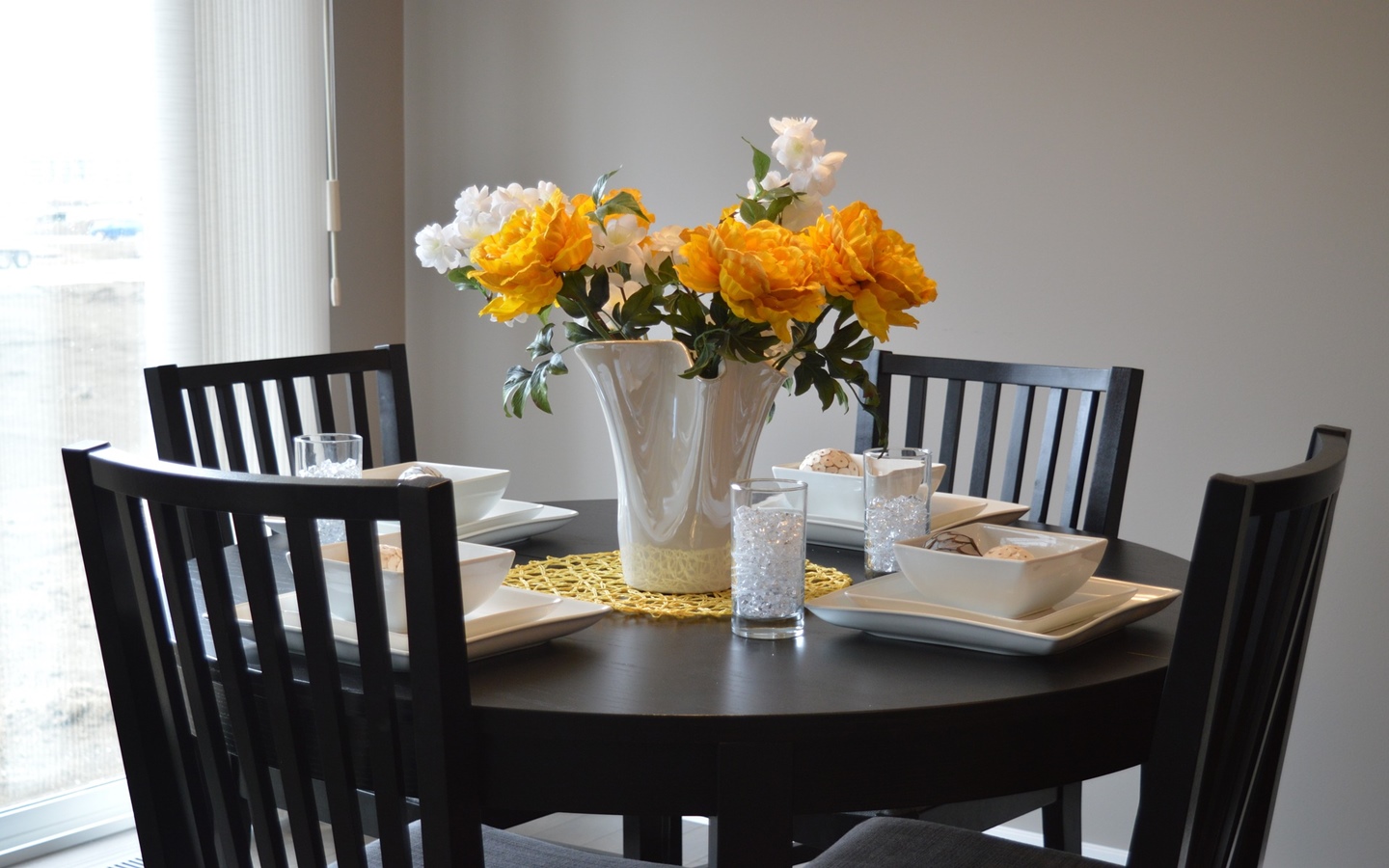
The dining room is definitely not as inherently child proof as you may have thought. It is an inconspicuous hazardous zone. Dining rooms are usually more open and have less furniture. So, Parents don’t feel as anxious about letting their children play in the dining space. However, some negligence in home care can cause accidents and harm your child’s well-being.
Hot Food and Liquid: The dining area is meant for eating and drinking. So there’s bound to be a hot meal or beverage throughout the day. Children can easily reach those using stools and chairs. Hot liquids, particularly, can cause severe burns. That is why it is the best measure for child proofing is to keep such items away from the edge of the dining table.
Spilled Food: Children can easily slip and fall over if food on the floor. Furthermore, dropped foods also present a health risk if ingested. All sorts of bacteria and dirt get mixed with the food on the floor and eating them can cause sickness. Any mess on the floor needs to be immediately cleaned for the health and well-being of the child.
Safeguarding and protecting children is the biggest priority for a parent. And you start that by child proofing your home. Using this article as a guide, first time parents can ensure a safe home environment for their offspring, and follow the motto ‘it’s better to be safe than sorry’.




